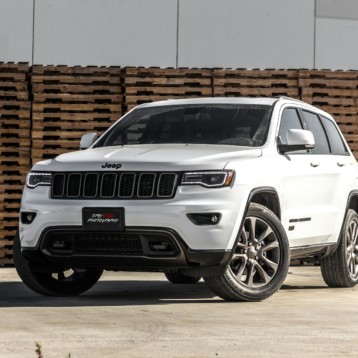Toyota is planning for their green vision of the future in the development of an ultra light, super-efficient plug-in hybrid with a bioplastics body made of seaweed. The 1/X, which weighs only 926 pounds, will have its carbon-fiber body, but not the frame itself, replaced with bioplastics. The design engineer, Mr. Kaida, said “We used light-weight carbon-fiber reinforced plastic (CFRP) throughout the body for its superior collision safety – but that material is made from oil.”
Designers of the 1/X are aiming at improved fuel consumption by combining the plug-in hybrid power train with flexible fuel technology that uses a mixture of ethanol and gasoline. Its electric-only cruising distance would be longer than today’s battery technology would allow, along with the benefit of emitting less CO2, helping to reduce air pollution. In addition to improved fuel efficiency and driving performance, the 1/X’s wheels are narrow, with a small diameter that reduces the amount of road noise, yet are sufficient to support the body and provide stability while driving.
Bioplastics, which are plant-derived carbon-neutral plastics, are currently being utilized for many things, including cell phone cases and gift cards. Bioplastic production requires the use of 30 percent less energy than the production of petroleum-based plastics, and like the 1/X, are being designed into larger and more significant products that can directly influence emissions and air quality. While they are being explored as a new green technology, bioplastics are not a new invention. In 1910 Henry Ford experimented with the use of hemp-based fiber fillers in body molding for his vehicle production. Ford’s research led to the manufacture of a complete car body made of hemp plastics in the 1930’s, where the total weight of the automobile was 2,300 pounds, or roughly two-thirds the weight of a steel model of comparable size.










